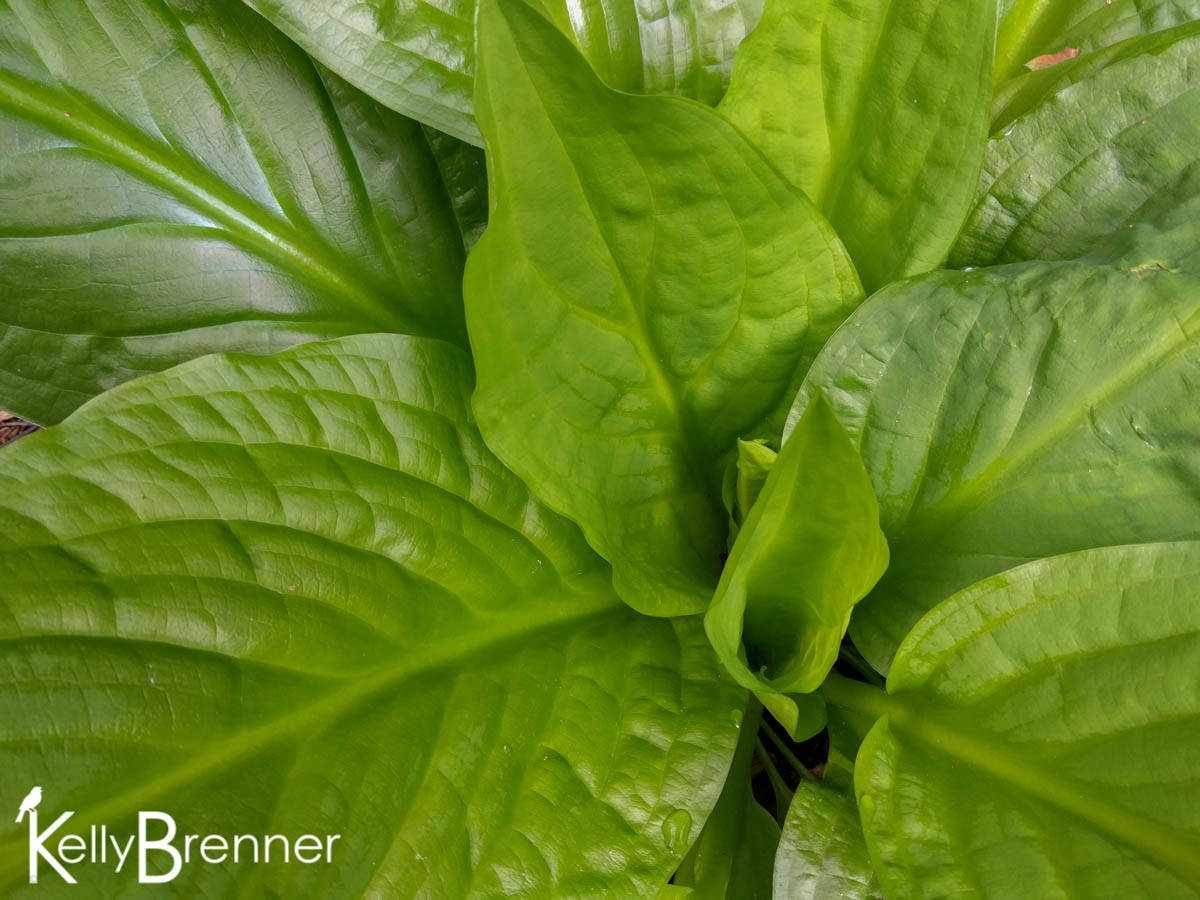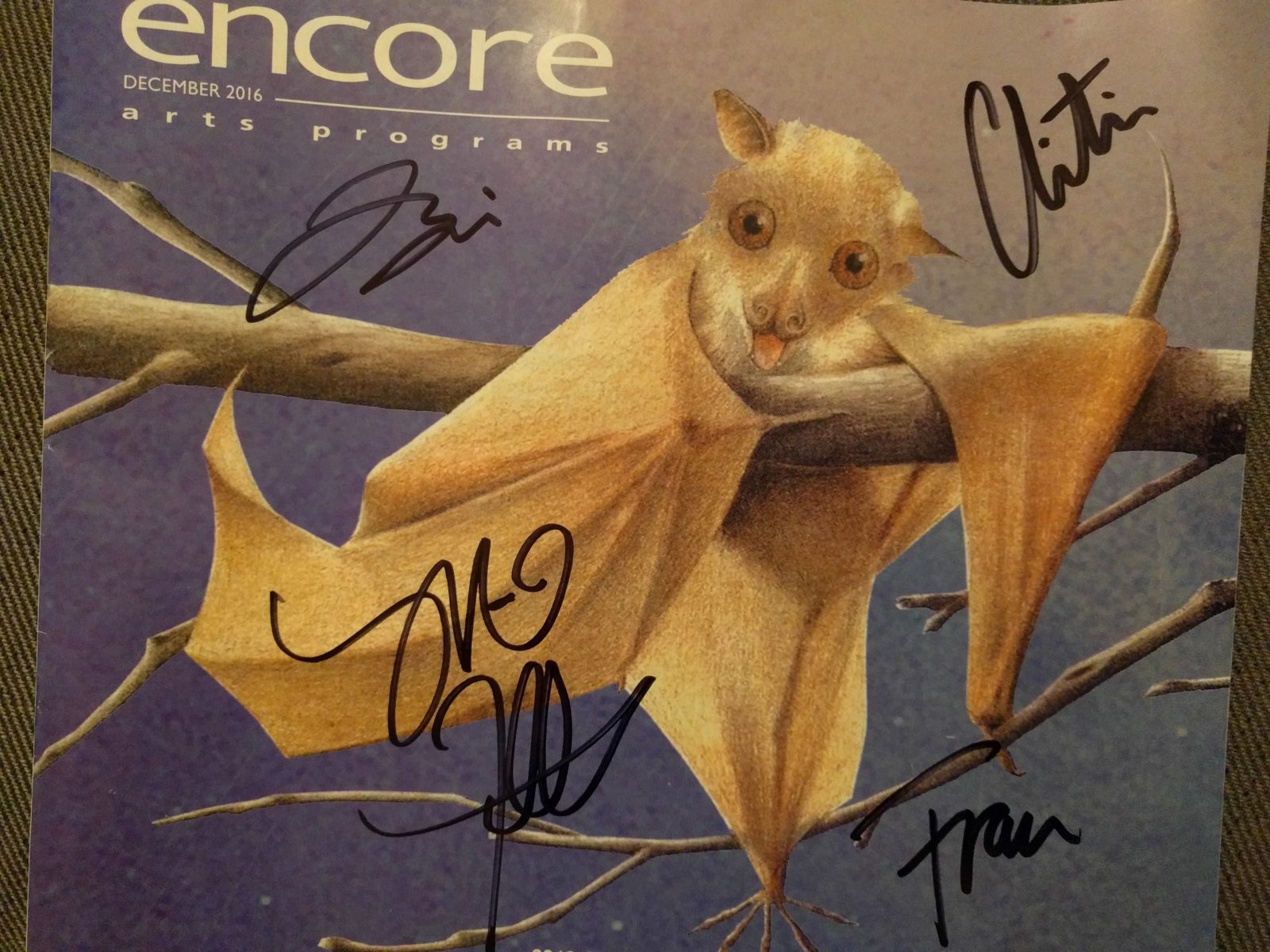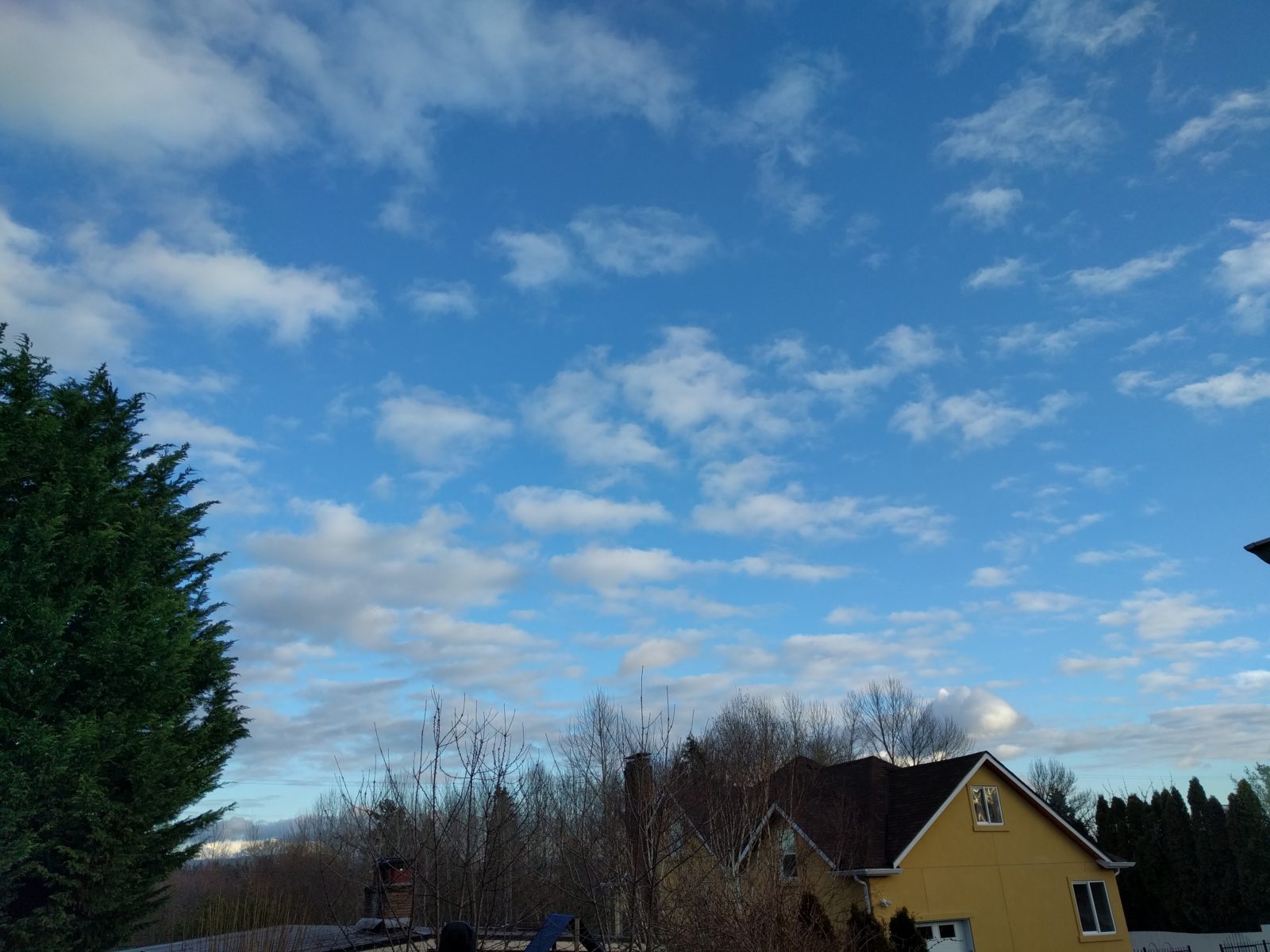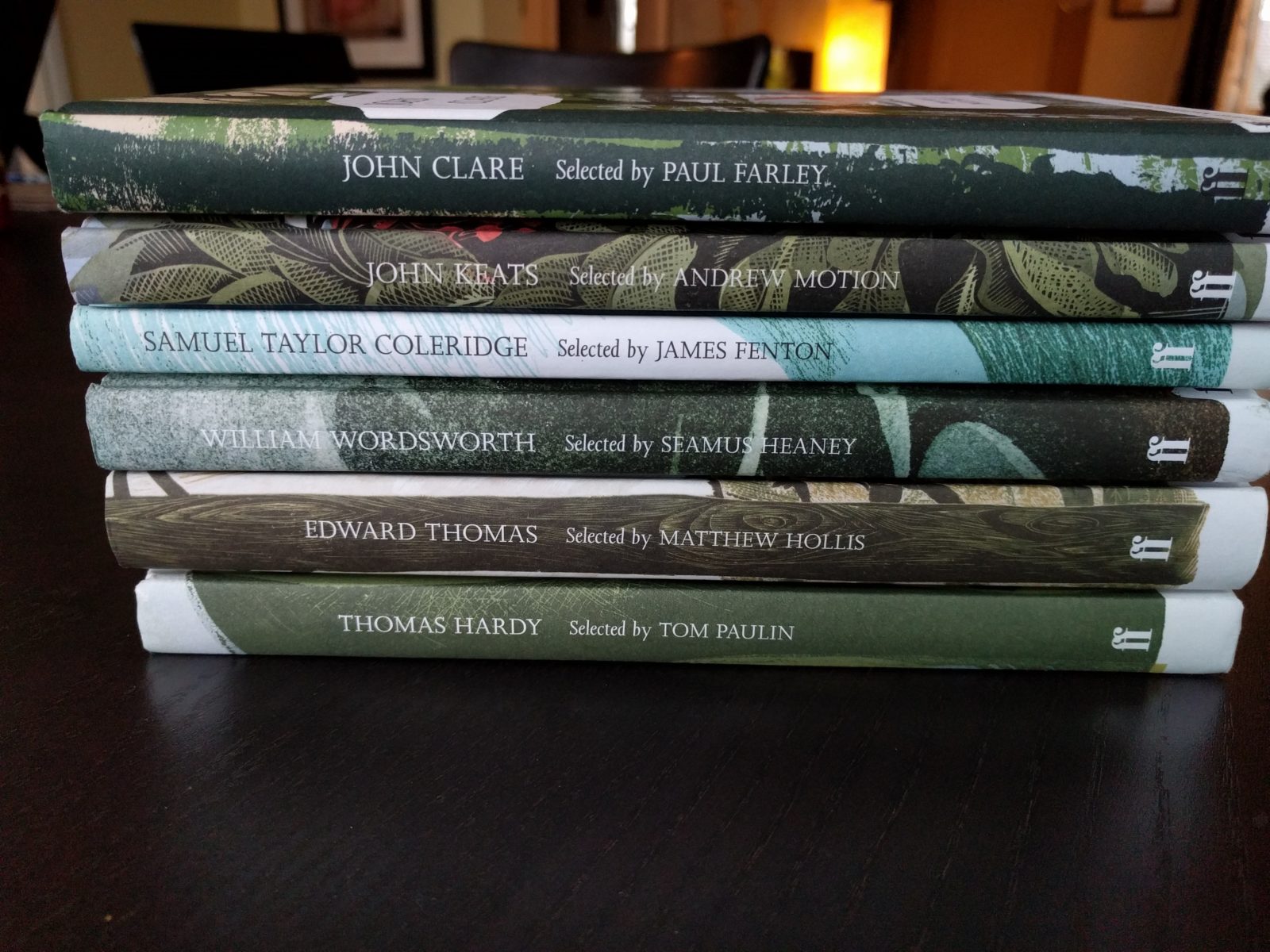In 2016 I’m doing a 365 Nature project. Each day of the year I will post something here about nature. It may be any format, a photo, video, audio, sketch or entry from my nature journal. It could be a written piece. Each day I will connect to nature in some way and share it here by the end of that day. You can keep up-to-date by subscribing to the RSS feed or be notified by email. See all the 365 Nature posts.
After I posted about our new river rock path yesterday, I was looking at which weeds to tackle next and heard a bizarre sound coming from our lawn area. It was a loud, rather high-pitched buzzing sound at a frenzied rate. It took awhile to locate it because it was near one of our chairs, but when I finally located it, two flies buzzed up from the grass at the base of the chair. They separated and one returned to a patch of buttercup leaves in the sun where I finally got a good look at it. I don’t know if the pair were mating or fighting, I wish I’d seen them before they flew up and away.
Today I went for a walk through the arboretum and sat in one of my favorite places in the park, along a creek where Skunk Cabbage and ferns grow. It has a very prehistoric feel and the area is always full of bird calls and songs. The flow of the water was nothing more than slow drops, but it was still audible. The calm green of the Skunk Cabbage leaves was a welcome reprive from the bright, overwhelming and abundant bloom of the azaleas happening right now in the arboretum which is attracting many visitors. I sat and thought about when I sat in that same place on Day 60 and saw the tips of the plants just emerging from the ground. Time has passed more quickly than I realized. The leaves have grown up tall around the now faded and wilted yellow of the spathe and the flower stalks are likewise covered in brown, wilted flowers.
I wrote a plant profile for Skunk Cabbage a few years ago and I’d forgotten some of the interesting facts about it including what insects pollinate it.
The odor is not necessarily offensive, but can be strong and comes from the wilting flowers or the leaves when crushed. The leaves are some of the largest leaves of any plants native of the Pacific Northwest, up to 3′ long and 1′ wide when grown in the shade. They also have very short stalks, causing to leaves to appear to be growing directly out of the soil. The fruits which appear on the flower spikes, are berry-like and green to red in color.
The scent is to attract the plants pollinators, beetles and flies. The question of pollination is one somewhat recently answered. One of the principlebeetle pollinators is the Rove or Staphylinid beetle (Pelecomalius testaceum) which feeds on the pollen and breeds in the safety of the flower and spathe. Other small insects will visit as well as slugs and snails. Both the flowers and leaves are consumed by elk and deer, the stems are eaten by muskrat and other animals and squirrels will eat the fruit.






